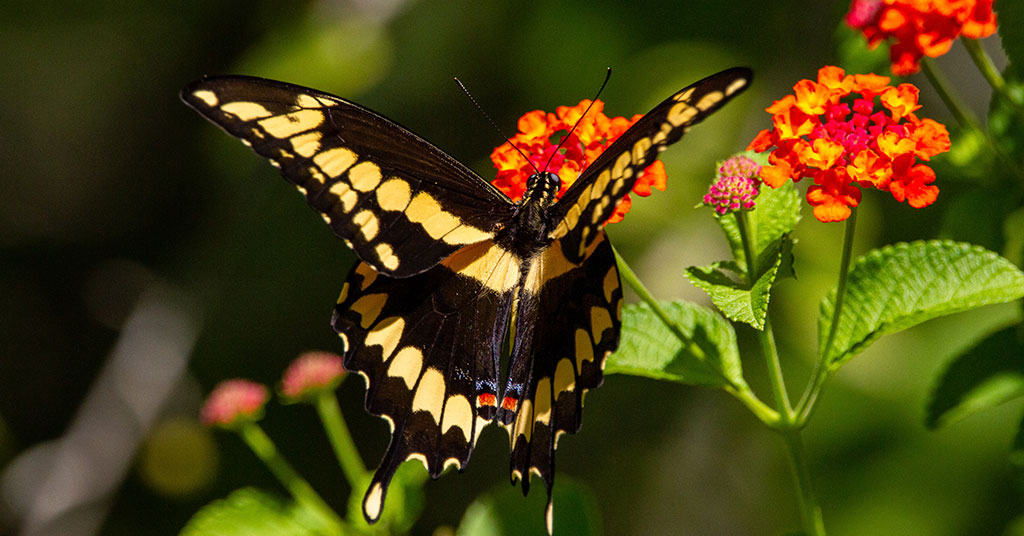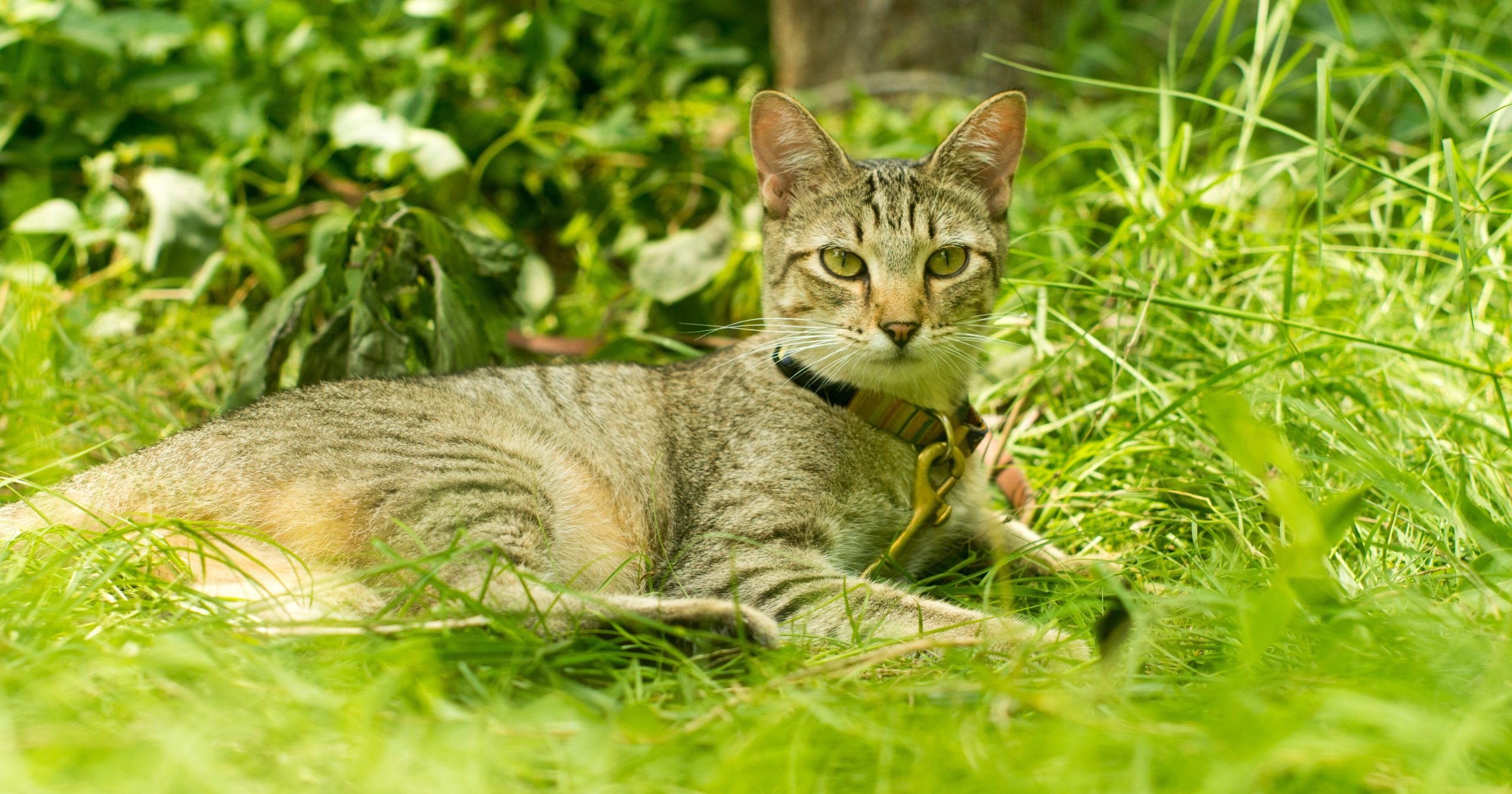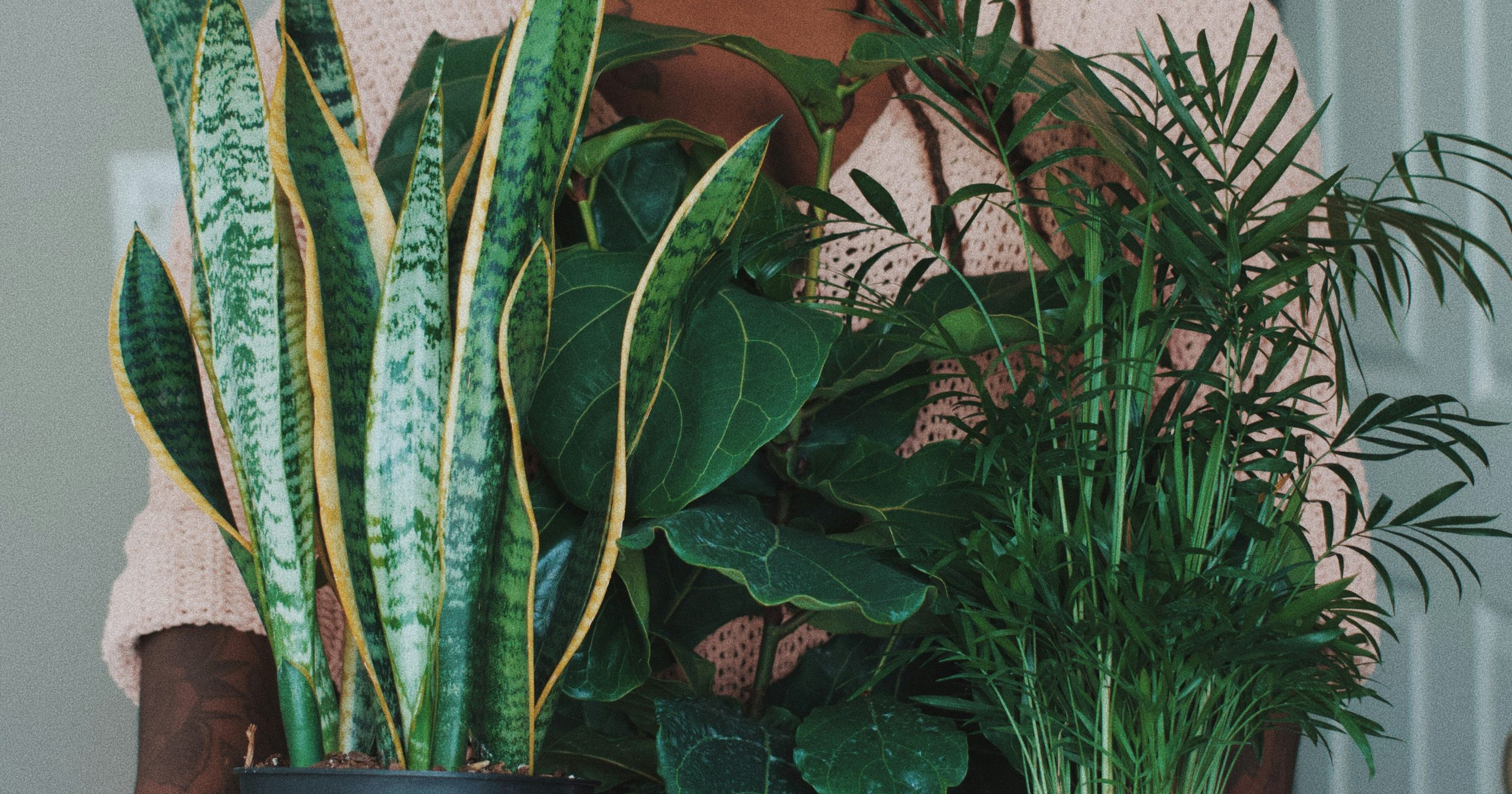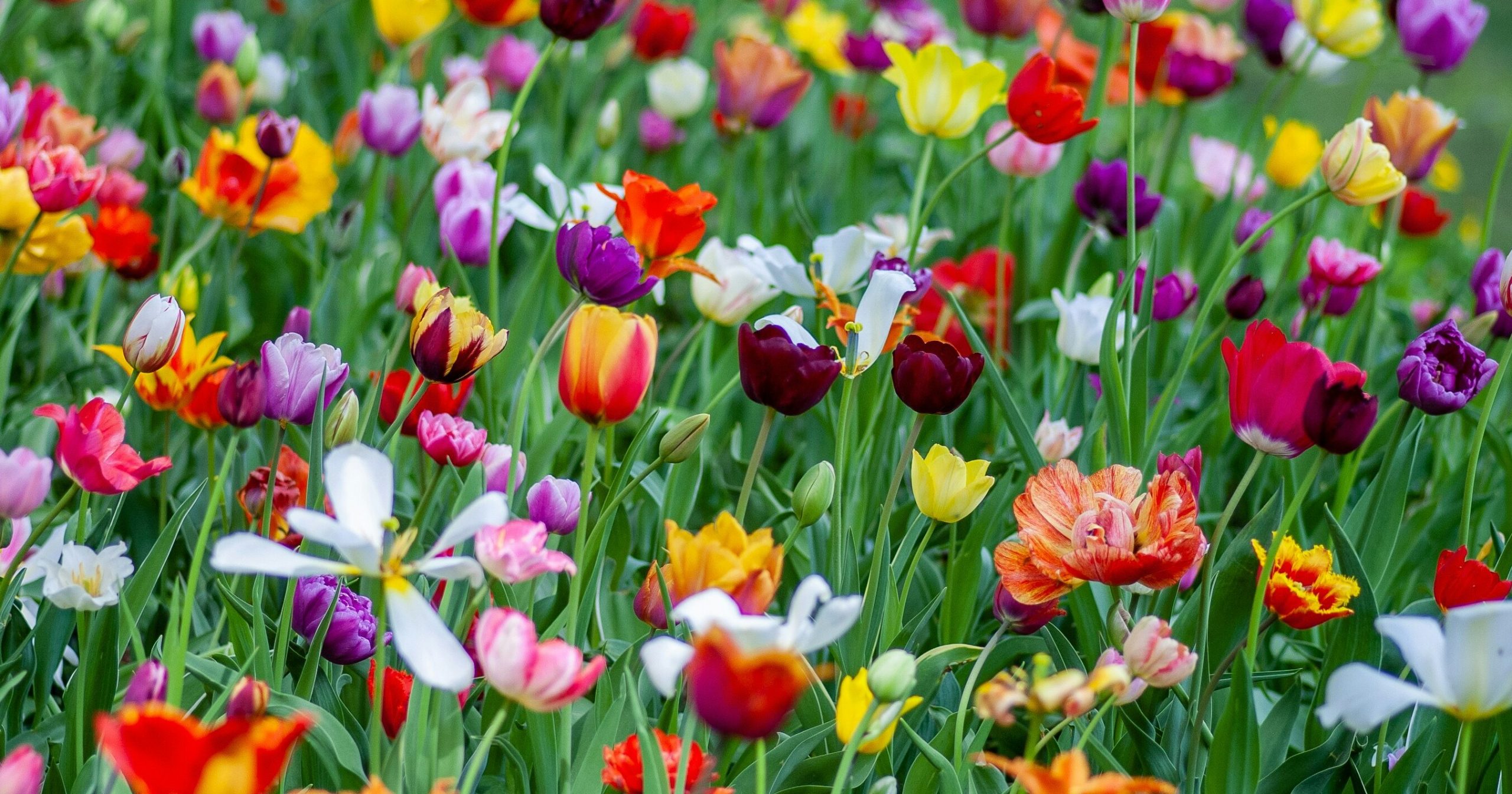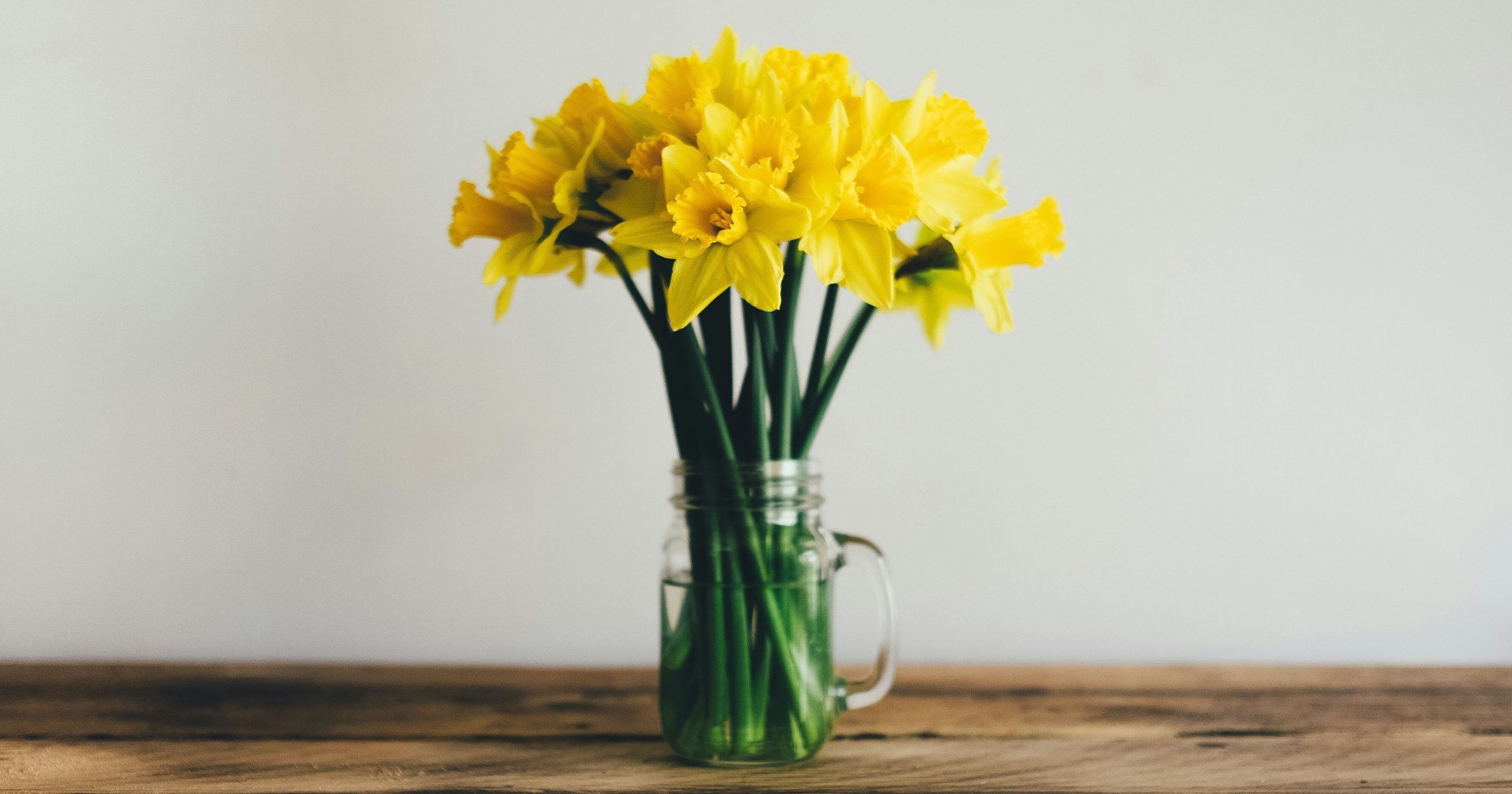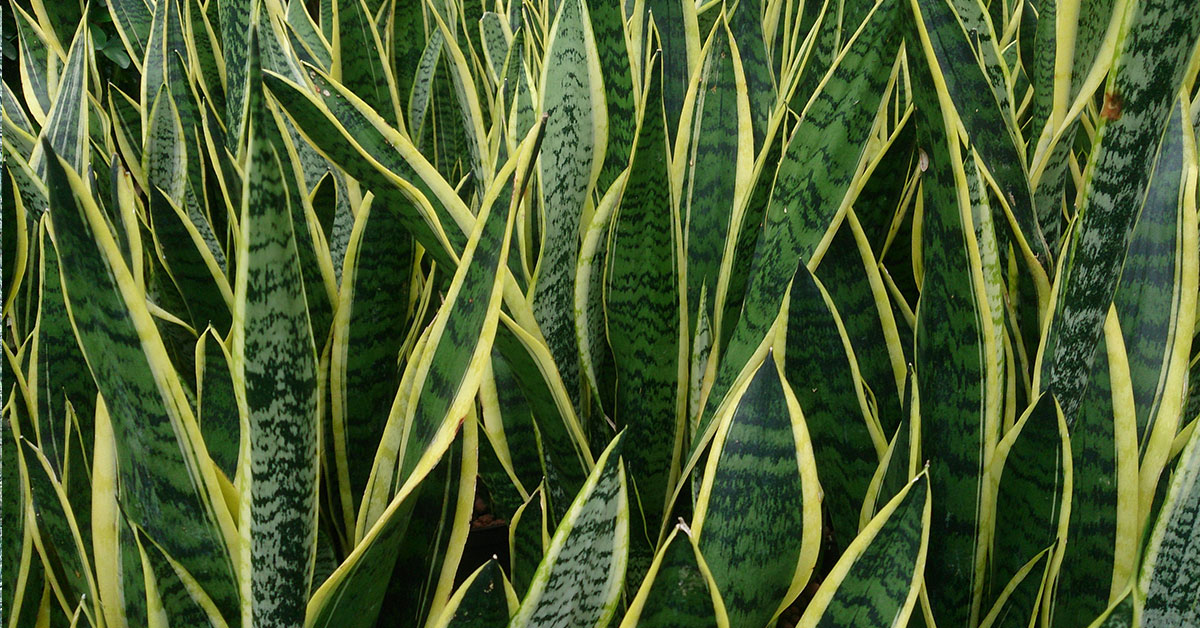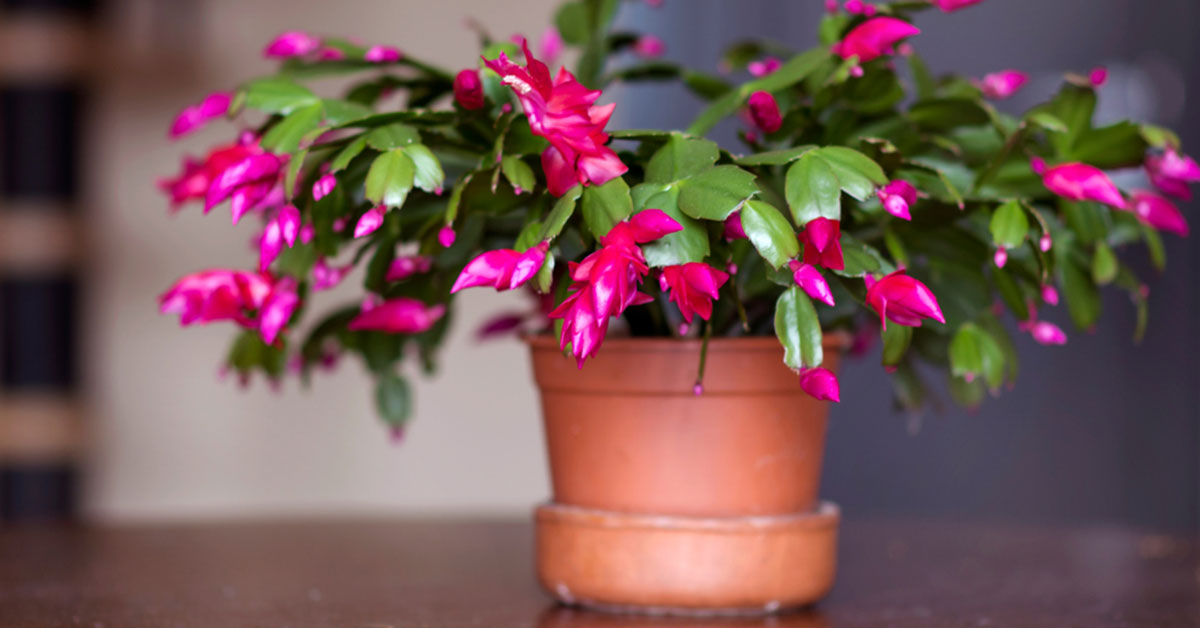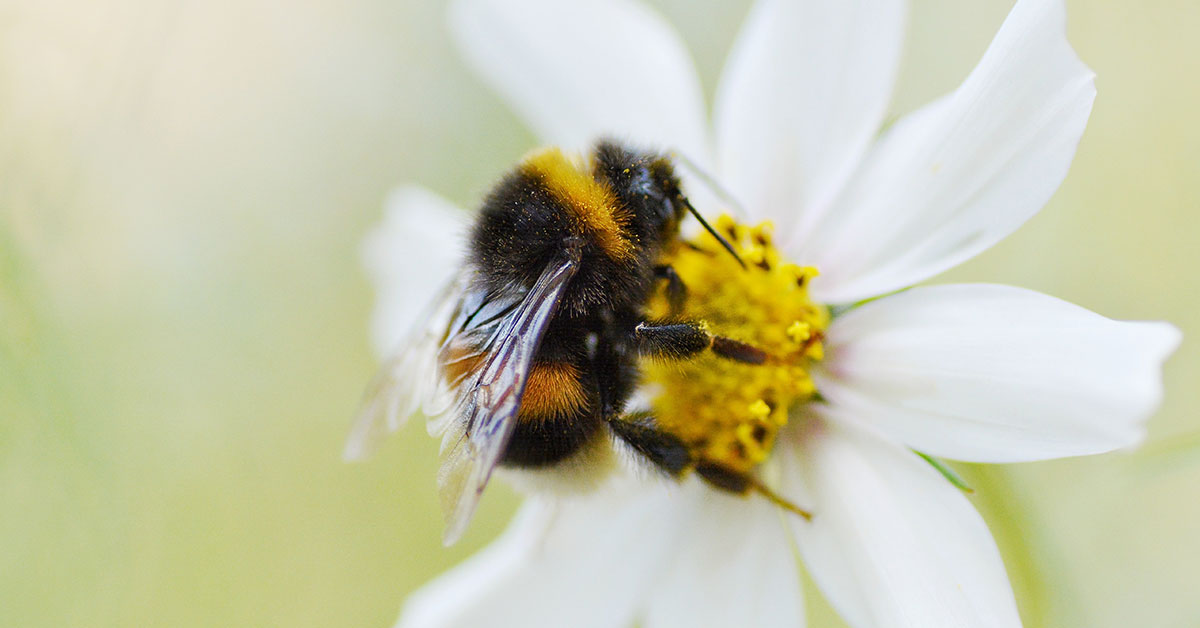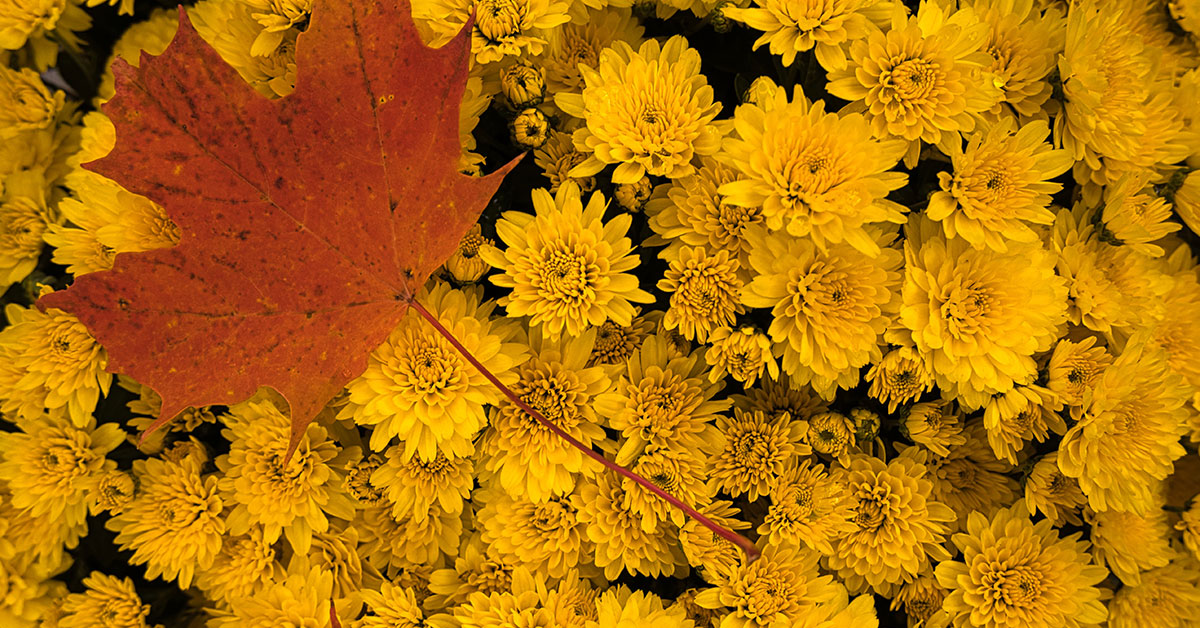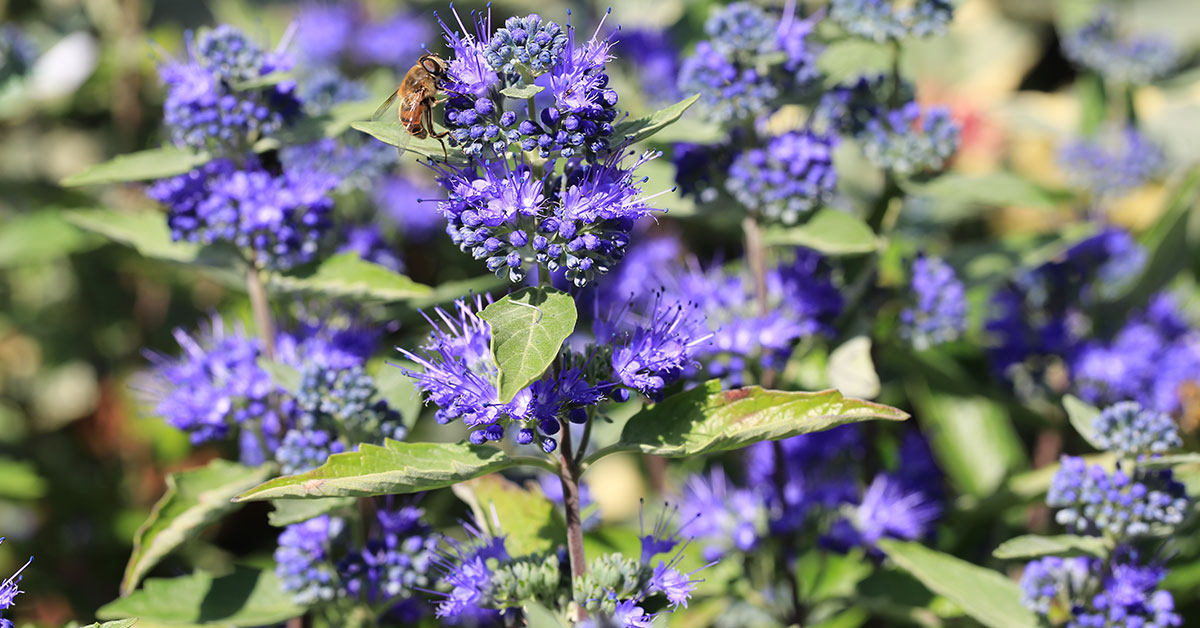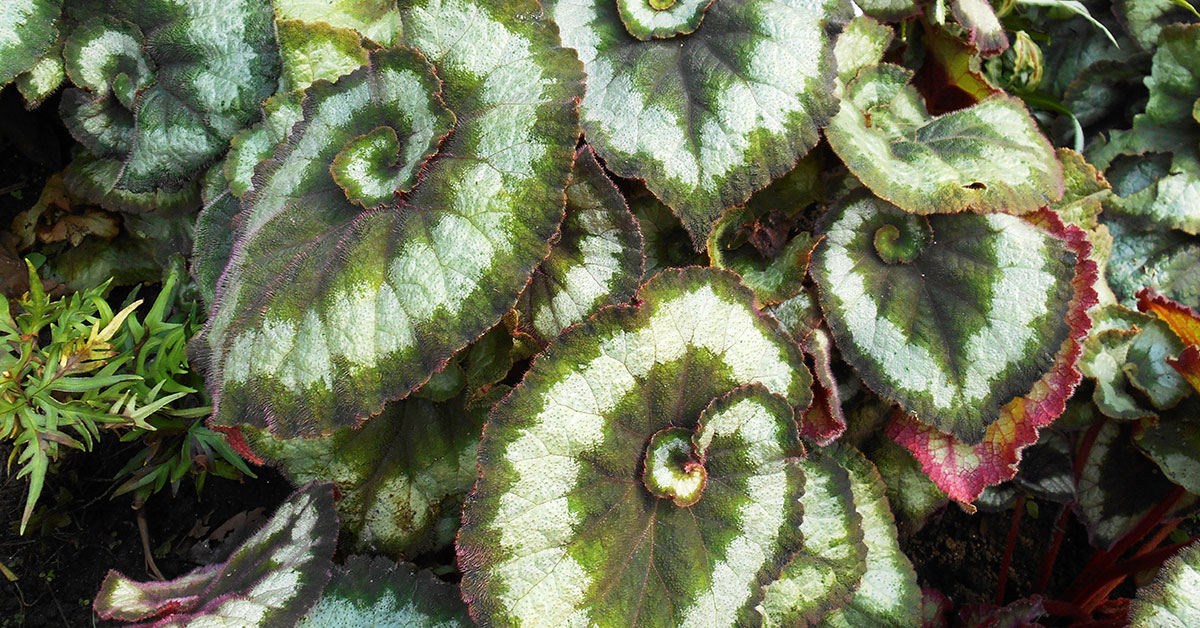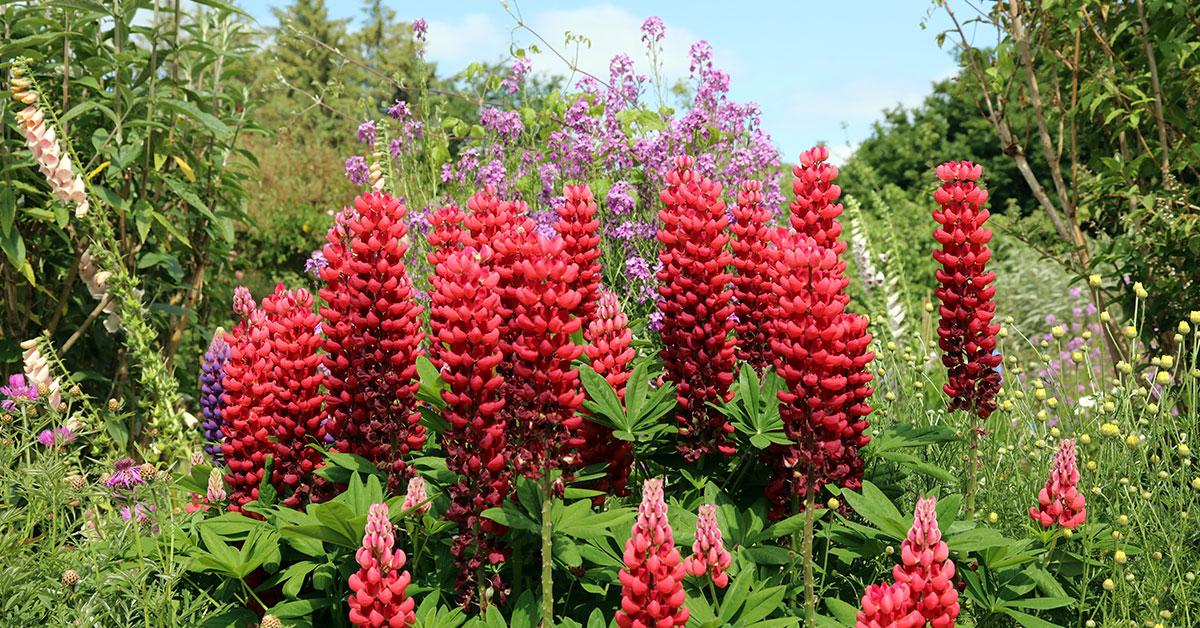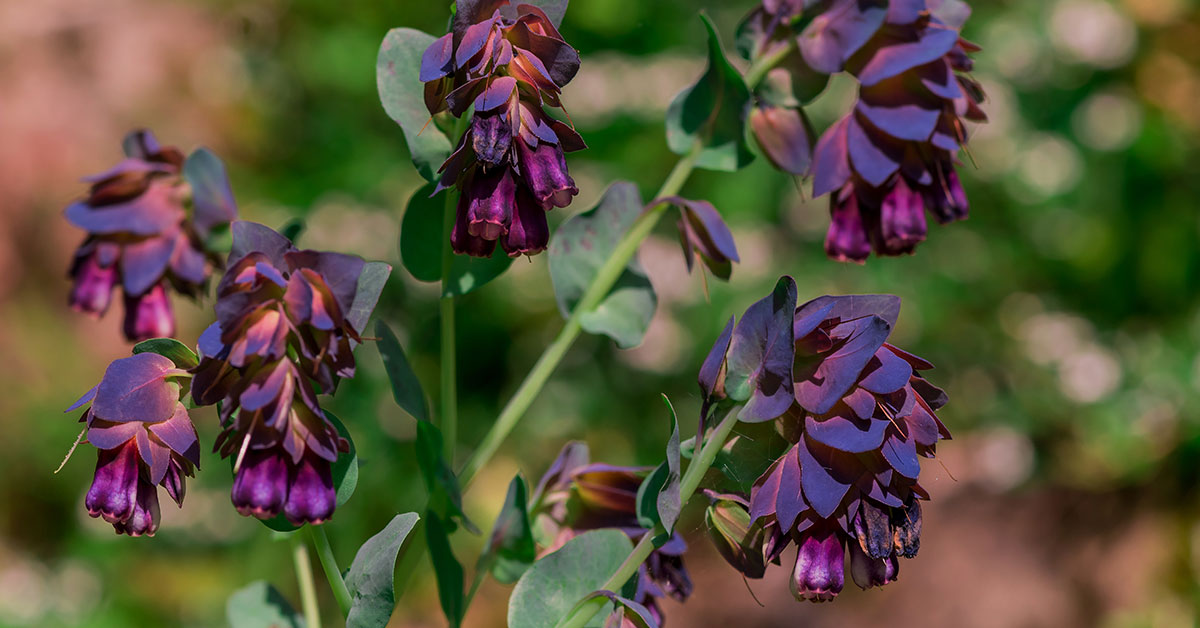Lantana plants are well-liked and cultivated in outdoor hanging baskets or as ground covers because of their distinctive vine-like appearance that sprawls from woody branches. Round clusters of tiny, vividly colored flowers, which can be yellow, orange, white, red, pink, blue, or purple, are what Lantana is famous for. The almost bright colors are frequently blended together inside the same cluster, giving the impression of two colors. The roughness of the leaves is similar to sandpaper.
Although many people do not appreciate the plant’s strong, lemony smell, they might be considered fragrant plants due to the scent of their foliage. Numerous kinds of butterflies, including the spicebush swallowtail, are drawn to the flower’s nectar. This quick-growing plant can be planted as an annual or a perennial at any time.
What is Lantana?
The broadleaf variant of lantanas is evergreens. Botanists classify them as shrubs, despite the fact that they may behave like vines. Colorful lantana blossoms create attractive specimen plants. In locations with direct sunlight and warm weather, they are often employed as ground cover and border shrubs. Because the plants can withstand salt spray so well, they are common in yards close to the seaside. Lantana plants are frequently seen growing in hanging baskets because they are considered annuals in cooler climes. varieties L. Compared to other types, Lantana montevidensis is more vine-like and works better as a hanging plant.
Here are some brief facts about the popular aesthetic plant:
- Latin name: Lantana camara
- Other names: Shrub verbena
- Native to: Tropical Americas, West Indies, Mexico
- Invasiveness: Yes
- Tenderness: Herbaceous Perennial
- Sun: Full sun to partial shade
- Water: Average
- Soil: Well-drained
- Hardiness zone: 7a-11a
- When to plant: Spring
- Spacing: 12 inches
- Plant height: 6 ft.
- Bloom period: Year-round in frost-free climates
- Time to maturity: 3 months
- Container friendly: Yes
- Fertilizer: 10-10-10
- Toxicity: Lantana can be harmful when consumed by children, pets, and livestock.
- Drought tolerant: Yes
- Deer resistant: Yes
- Pest resistant: No
How to grow Lantana
Lantana plants prefer direct sunlight. The plant needs at least six hours of direct sunlight each day, preferably more. Although it can handle some afternoon shade, planting it in a shaded area will result in fewer flowers.
These plants do best in soil that drains well. While they will grow in most soil types, they prefer one with a neutral pH.
Do not let them dry out by giving it plenty of water—about an inch each week. You will probably need to water every day if your soil is sandy. Try adding more water if blossoming has slowed down or ceased altogether.
Although they may withstand a slight frost, they will perish if the temperature falls below 28 degrees Fahrenheit or remains below freezing for an extended period of time.
Temperatures of at least 55 degrees Fahrenheit are ideal for their growth. It prefers humid conditions and can even endure salt spray.
When planted in the ground, they only need one application of fertilizer in the early spring. They require very little upkeep, though too much fertilizer may reduce the number of blossoms. Feed containerized lantana plants more frequently once a month with a balanced, mild 20-20-20 fertilizer.
Growing Lantana in containers
Although you can plant any variety of lantana in a container, you should be aware that some grow very tall and can reach heights of up to 6 feet (2 meters), so your container needs to be very strong. Dwarf varieties, which only grow to heights of 12 to 16 inches, are appropriate for standard-size containers (30.5 to 40.5 cm.).
When to start Lantana seeds
Commercial lantana seeds are easily accessible for planting as annuals in milder climates. Perennial plants in warmer climates can easily be harvested for their seeds. The shrub produces black berries that ripen to contain seed pods.
How to collect Lantana seeds
Seeds should be removed from their pods, washed with water, and dried on paper towels for a few days. When you are ready to plant dry seeds in a small pot for germination, keep them in a sealed container in the refrigerator. Soak seeds for 24 hours in warm water. One or two seeds should be placed in the center of each tiny pot of soilless potting mix before the medium is added.
Put the individual, sealable plastic bags containing the seeds in the pot in a single layer. Maintain moisture in the seed pots and a temperature range of between 70 and 75 degrees Fahrenheit in the surrounding area.
As soon as you spot seedlings, remove the bag. This process ought to take a month.
Wildlife attracted by Lantana
Hummingbirds and Sphinx moths are attracted to lantana. After the blossoms have faded, several birds eat the seeds as food. To entice female weaver birds as well, male weaver birds decorate their nests with lantana.
Common problems
The majority of pests can survive on lantana, but keep an eye out for the following ones because they can become problematic if the infestation is bad. Aphids, mealybugs, lace bugs, whiteflies, and spider mites are the four pests that affect lantana plants most frequently. To keep lantana plants alive, employ an insect-specific technique or insecticidal soap to get rid of pests.
How to propagate Lantana
It is simple to grow lantana plants from cuttings. Near the edge of the pot, bury three or four craft sticks in the soil. Along the pot, give them equal spacing. The potted cutting should be put in a plastic bag with the top closed. The craft sticks will prevent the bag from coming into contact with the cutting. Leave the cutting alone until you notice evidence of new growth, which indicates that the cutting has been rooted. Check the soil occasionally to make sure it is moist but other than that, leave it alone. It takes 3 to 4 weeks to root.
How to make Lantana bushy
Give your lantana plants plenty of sunshine, consistent watering, proper drainage, and routine deadheading of dead blooms for a bushier plant. Be careful to select kinds that will flourish and perform well in your growing zone.
How to prune Lantana
Pruning is necessary if you are cultivating lantana as a perennial to encourage branching and flowering and get rid of the fruit and control the plant’s aggressive development. After flowering, lightly shear the lantana to promote more blossoms on bushier branches. In order to promote branching and flowering, trim stems in the springtime to within six to twelve inches of the ground.
If a perennial lantana plant bears berries, trim it after flowering to prevent the seeds from falling and spreading.
